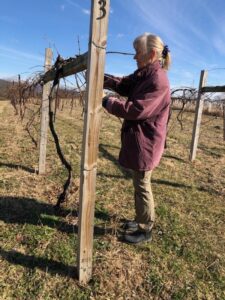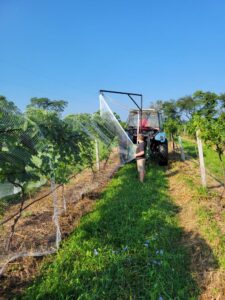Every major event is a marathon, particularly for those who have to get it together. Take Thanksgiving. The weeks before, you agonize over the menu, because some people think pumpkin pie tastes better with sweet potatoes, and others say that that is an abomination. Days before you hunt through the grocery and markets, to get all the ingredients necessary for the turkey dinner, the dressing, the stuffing, the mashed potatoes, the green beans, and yes, the pumpkin pie. Then for the 48 hours leading up to the great meal itself, it is nothing but cook and clean, cook and clean, cook and clean for the crew of friends and family, half of whom will love your heterodox pumpkin pie, half will think it blasphemy, and half will not know the difference. And at the end of the meal, everyone clears out but you, and you realize that there is one last cleaning to do. But you are tired and exhausted, and perhaps can be forgiven if things sit till the evening. Meanwhile, you will have another bite of that pumpkin pie.
So to it is with the harvest for the grapes. Since last winter, you have trimmed, dug new rows, planted new vines, fertilized, run irragation, mowed, bottled the old stock, put up the bird netting, harvested the grapes, crushed, juiced, and fermented. So perhaps you can be forgiven if at the end, you let the bird netting lay in the field, though the grapes are gone, the leaves have fallen, and the days are now short. Perhaps it is a bit untidy looking. Yet now, perhaps just one more glass of wine.
 But of course it must be picked up. The next cycle is coming soon enough. The trimming must start once more. So as on Thanksgiving, you push yourself from the table, wondering where all the well-fed yet critical guests went, plodding to the kitchen to make things right. For no-one else will. With another glass of wine, of course.
But of course it must be picked up. The next cycle is coming soon enough. The trimming must start once more. So as on Thanksgiving, you push yourself from the table, wondering where all the well-fed yet critical guests went, plodding to the kitchen to make things right. For no-one else will. With another glass of wine, of course.



 But of course it must be picked up. The next cycle is coming soon enough. The trimming must start once more. So as on Thanksgiving, you push yourself from the table, wondering where all the well-fed yet critical guests went, plodding to the kitchen to make things right. For no-one else will. With another glass of wine, of course.
But of course it must be picked up. The next cycle is coming soon enough. The trimming must start once more. So as on Thanksgiving, you push yourself from the table, wondering where all the well-fed yet critical guests went, plodding to the kitchen to make things right. For no-one else will. With another glass of wine, of course.









